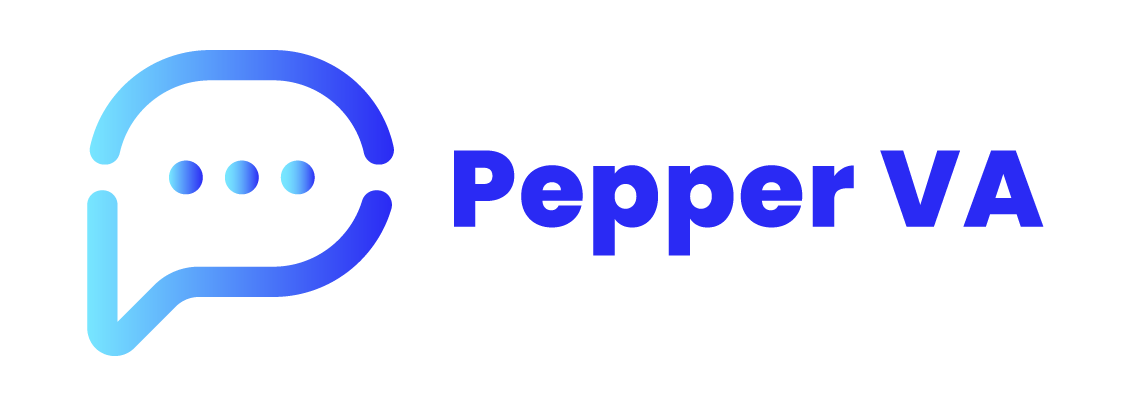The marketing world isn’t waiting on anybody. Consumer behaviour shifts overnight, new platforms emerge unexpectedly, and what was highly effective last quarter may already feel outdated today.
Companies that have strategic objectives experience an engagement growth of 21% since employees will make their contributions in line with the company’s vision. This interaction is essential if your team has to adjust to dynamic digital environments in the shortest time possible.
Smart marketers are designing systems that anticipate consumer needs and behaviour. That is where future-proofing comes in, formulating marketing strategies that are solid enough to withstand whatever storms may come in the future. That is how Search & Discovery future-proofs your marketing and how it prevents your competitors from gaining the upper hand.
The Landscape Shift: From “Search Engine Optimization” to “Search & Discovery Optimization”
SEO had its golden age. You could write a blog, target a keyword, earn some backlinks, and see steady traffic. But today, that approach alone is no longer enough. Why? Because Google isn’t the gatekeeper it once was.
Your audience is discovering brands in places SEO alone can’t touch: TikTok, Reddit, YouTube, Amazon, podcasts, Discord groups, and even AI assistants like ChatGPT and Perplexity. These aren’t “search engines” in the old-school sense. In reality, they function as discovery engines.
The difference? Search engines wait for intent: someone types in a query, you show up (if you’re lucky). Discovery engines shape intent. They recommend, suggest, and surface content based on behaviour, community chatter, and algorithmic guesses about what’s relevant.
Future-proof brands build a presence across all the places discovery happens. That’s the shift. It’s not about “ranking” anymore. It’s about being found, cited, scraped, and talked about everywhere your audience hangs out.
Companies like TIDAL Digital, the Brand-Led Performance Marketing Agency, understand this complexity. They recognise that modern discovery happens across countless platforms and formats, from voice search to visual search to recommendation algorithms.
10 Ways Search & Discovery Future-Proofs Your Marketing
The marketing game has changed. Permanently. You can’t afford to play by yesterday’s SEO rulebook and expect tomorrow’s results. Search & Discovery forms the bedrock of how customers find and interact with brands today. It’s no longer just about appearing in Google results or having a decent social media presence.
Here are 10 ways to future-proof your visibility and make sure your brand shows up where your audience actually looks, asks, and scrolls.
1. Reverse-Engineer AI Outputs
A practical test? Ask AI tools like ChatGPT or Perplexity how they surface brands in your category. If your brand doesn’t show up, you’re invisible to tomorrow’s buyers.
AI assistants don’t just pull from search engines. They scrape the web, forums, social chatter, and structured content. By reverse-engineering why you’re missing, you can fix the gaps: better citations, structured data, or stronger mentions across the digital ecosystem.
2. Optimise Where Your Audience Actually Is
Google isn’t the start of every journey anymore. TikTok is a search engine. Reddit threads and YouTube tutorials often influence purchase decisions more effectively than blog posts. If you’re only optimising for Google, you’re leaving influence (and revenue) on the table.
Future-proofing means mapping your brand presence to the platforms where discovery really happens.
3. Build Content Ecosystems, Not Silos
Publishing isolated blog posts is no longer effective on its own. Today, your blog should feed your TikTok snippets, inspire your YouTube videos, and anchor your Reddit discussions.
This creates an interlinked content ecosystem that reinforces your brand across multiple discovery channels. The more surfaces you appear on, the harder it is to be ignored.
4. Write for Humans and Machines
Here’s the truth: your future audience includes algorithms. AI loves structure: headings, bullet points, data, summaries. Humans love clarity and storytelling.
The brands that thrive are those writing with both in mind. Make it scannable, make it quotable, make it scrape-able. That’s how you get picked up by both real readers and AI crawlers.
5. Prioritise Brand Mentions Over Backlinks
For years, SEO was obsessed with backlinks. But in the age of AI and discovery engines, brand mentions are just as powerful.
AI tools don’t just count links; they register citations and references. If industry blogs, podcasts, Reddit threads, or influencers mention your name, you’re signalling authority. That authority gets baked into algorithms, and that’s how you get surfaced in answers.
6. Short-Form Video Isn’t Optional
TikTok and Instagram Reels are no longer “just for Gen Z.” They’re where discovery happens. People search TikTok for product reviews, how-to guides, and recommendations.
Without short-form video, competitors who are active in that space will capture more attention. Future-proofing means showing up in the formats your buyers consume daily.
7. Leverage Communities and Conversations
Communities like Reddit, Discord, and niche industry forums have an outsized influence on discovery. They’re also a goldmine for trust, because recommendations from peers often carry more weight than ads.
Engage in those spaces. Feed insights. Contribute real value. When your brand gets talked about organically, AI scrapers take note, and so do your future buyers.
8. Repurpose Content Into AI-Friendly Formats
One blog post isn’t enough. Break it down into Q&A summaries, data tables, video explainers, and FAQ pages.
Why? Because AI engines pull from structured, digestible formats. When you give machines snackable, reusable content, you increase your odds of being cited.
9. Monitor Emerging Discovery Channels
Voice assistants, recommendation apps, AR/VR platforms. They’re all discovery engines in disguise.
The early adopters who plant their brand flags here will win long-term visibility. Don’t wait until these platforms hit mainstream. Future-proofing means anticipating, not reacting.
10. Visibility Insurance: Spread Your Footprint Smartly
Let’s be clear: you don’t have to be everywhere. But you do need to be in the right places.
Visibility insurance means showing up where your customers actually search, ask, or scroll. Audit those touchpoints and double down, because staying relevant is the key to avoiding invisibility.
Tactical Next Steps for Marketers
Want to put this into practice? Here’s where to start:
- Run a Discovery Audit: Ask AI tools, voice assistants, and forums about your brand. See if you show up.
- Expand Your Ecosystem: Repurpose content across video, blogs, podcasts, and forums.
- Engage Publicly: Join Reddit, Quora, and LinkedIn groups. Not just to broadcast, but to participate meaningfully.
- Track Mentions, Not Just Links: Use monitoring tools to measure brand citations across the web.
- Test New Platforms Early: Experiment with discovery channels before they’re saturated.
The Future Might Be Invisible. Unless You’re Visible
Discovery is fragmented. Search no longer starts (or ends) with Google. AI is shaping what people see, communities are driving recommendations, and short-form video is commanding attention.
If your brand isn’t discoverable across these touchpoints, you risk fading from view.
Search & Discovery isn’t a nice-to-have anymore. It’s the only way to make sure your marketing stays relevant, resilient, and ready for the future.
Frequently Asked Questions (FAQ)
1. What is Search & Discovery in marketing?
Search & Discovery is about making your brand visible across all the platforms and engines where people look for information, from Google, TikTok, YouTube, Reddit, Amazon, and even AI tools like ChatGPT. It goes beyond traditional SEO to include how your brand gets mentioned, cited, and surfaced in multiple digital ecosystems.
2. How is Search & Discovery different from SEO?
SEO is focused mainly on Google rankings, keywords, and backlinks. Search & Discovery widens the lens to include all discovery engines like social platforms, communities, marketplaces, and AI assistants. It’s about making sure your brand shows up wherever people search, ask, or get recommendations.
3. Why is Search & Discovery important for the future?
Because buying journeys are no longer linear. People don’t just “Google and buy.” They discover brands through short-form videos, Reddit conversations, AI answers, or marketplace suggestions. If you’re not visible across these touchpoints, you risk being invisible altogether.
4. What’s the first step to improve Search & Discovery?
Begin by diversifying your content. Repurpose blogs into videos, FAQs, and podcasts. Make sure your brand is mentioned in public conversations. And structure your content so both humans and machines (like AI) can easily parse and reuse it.





